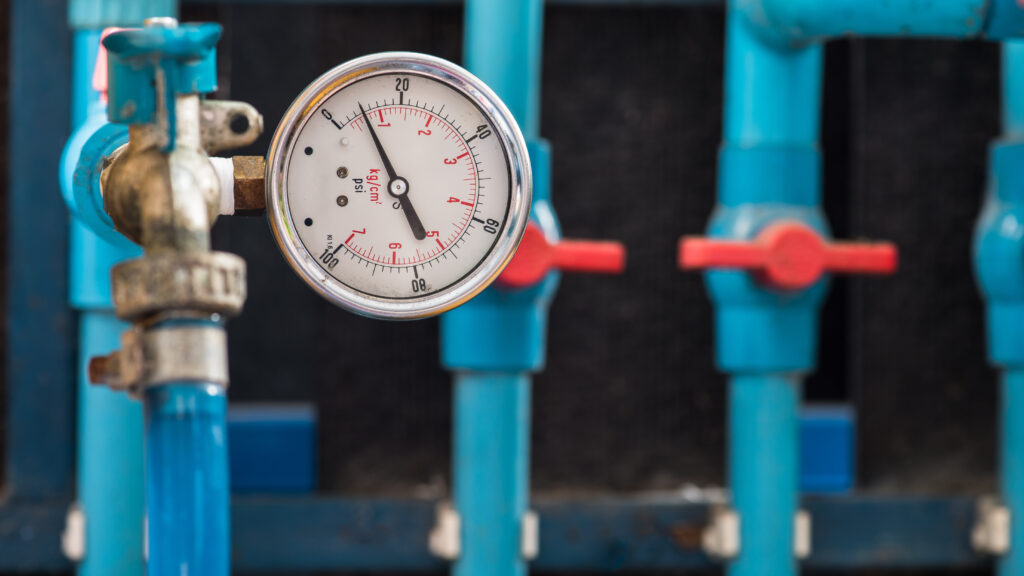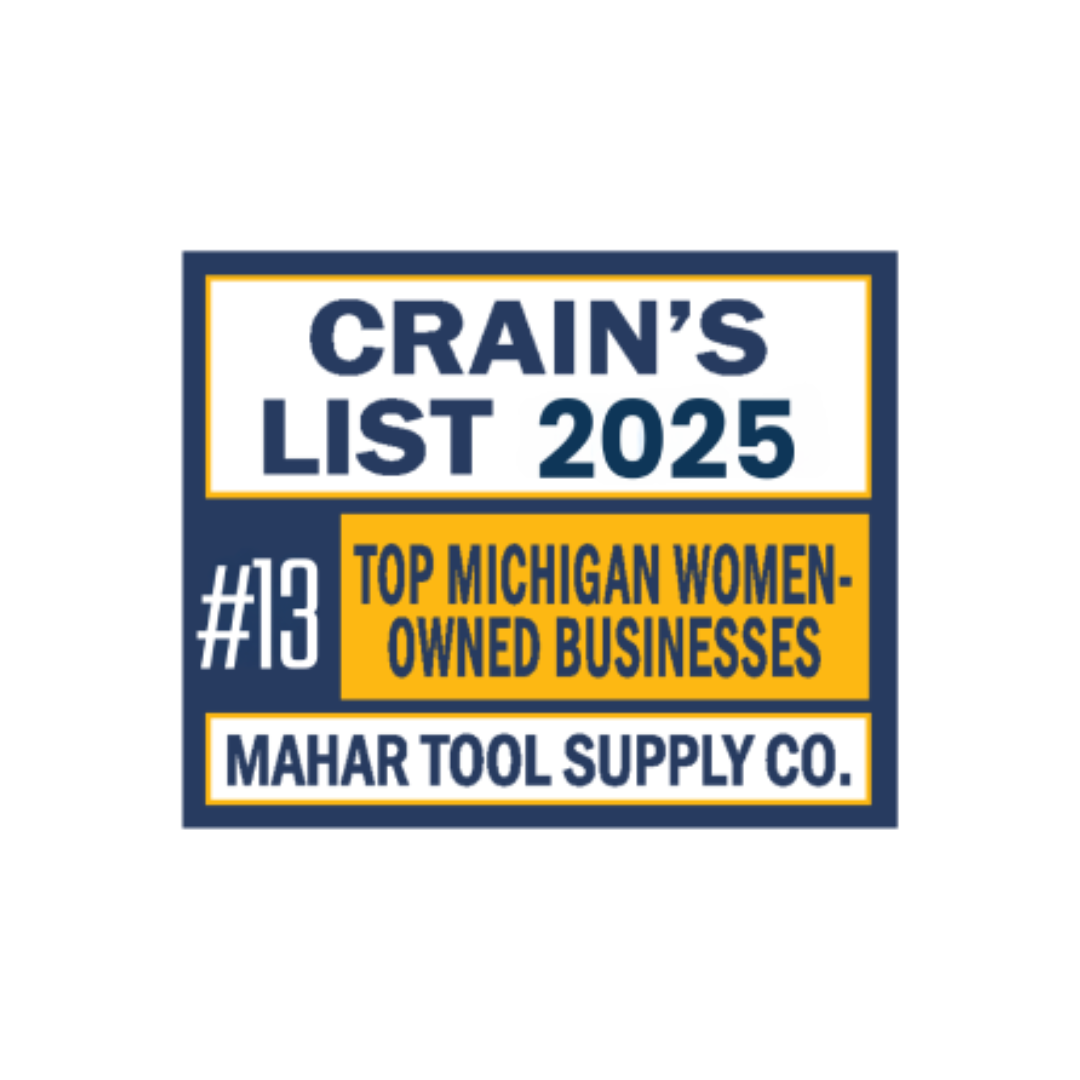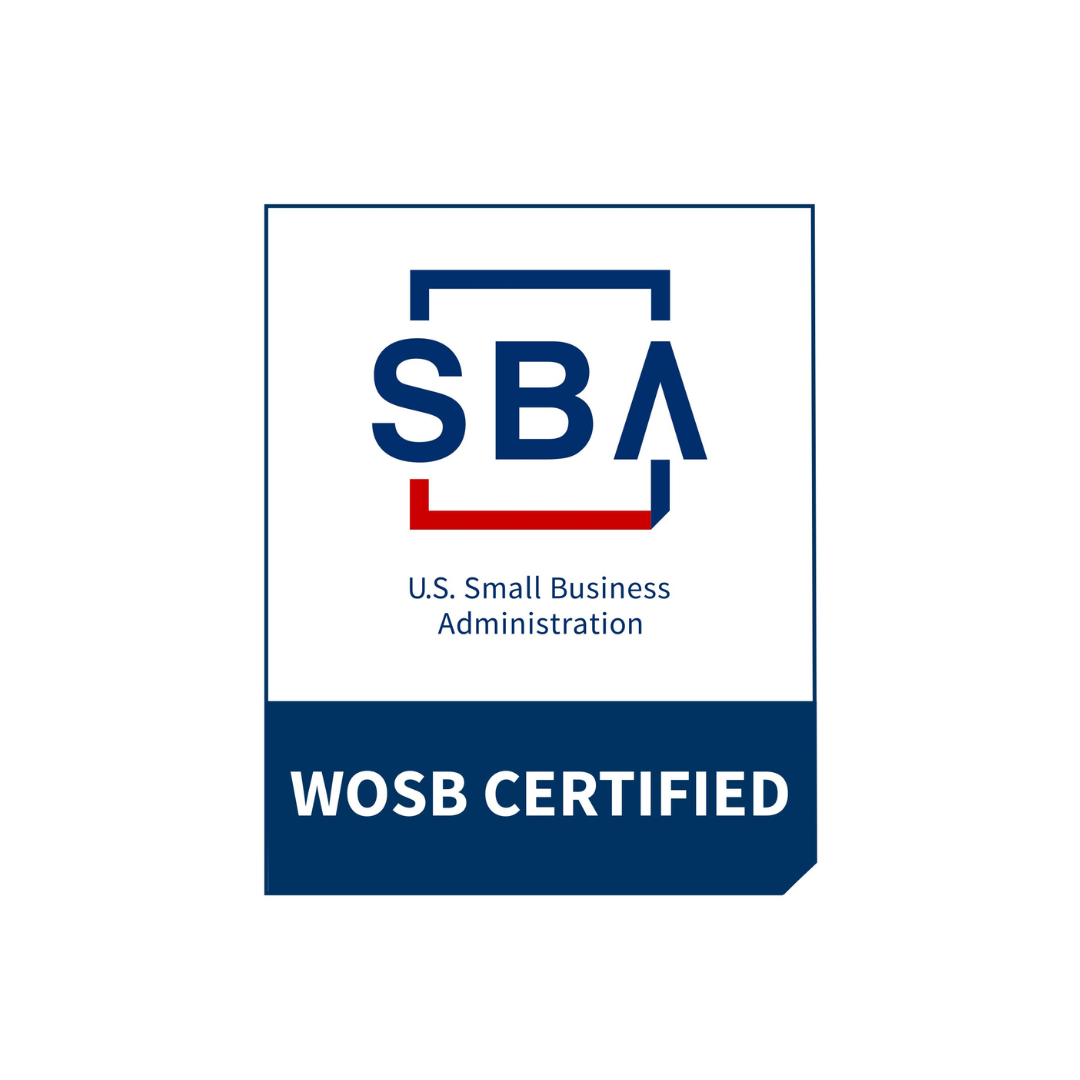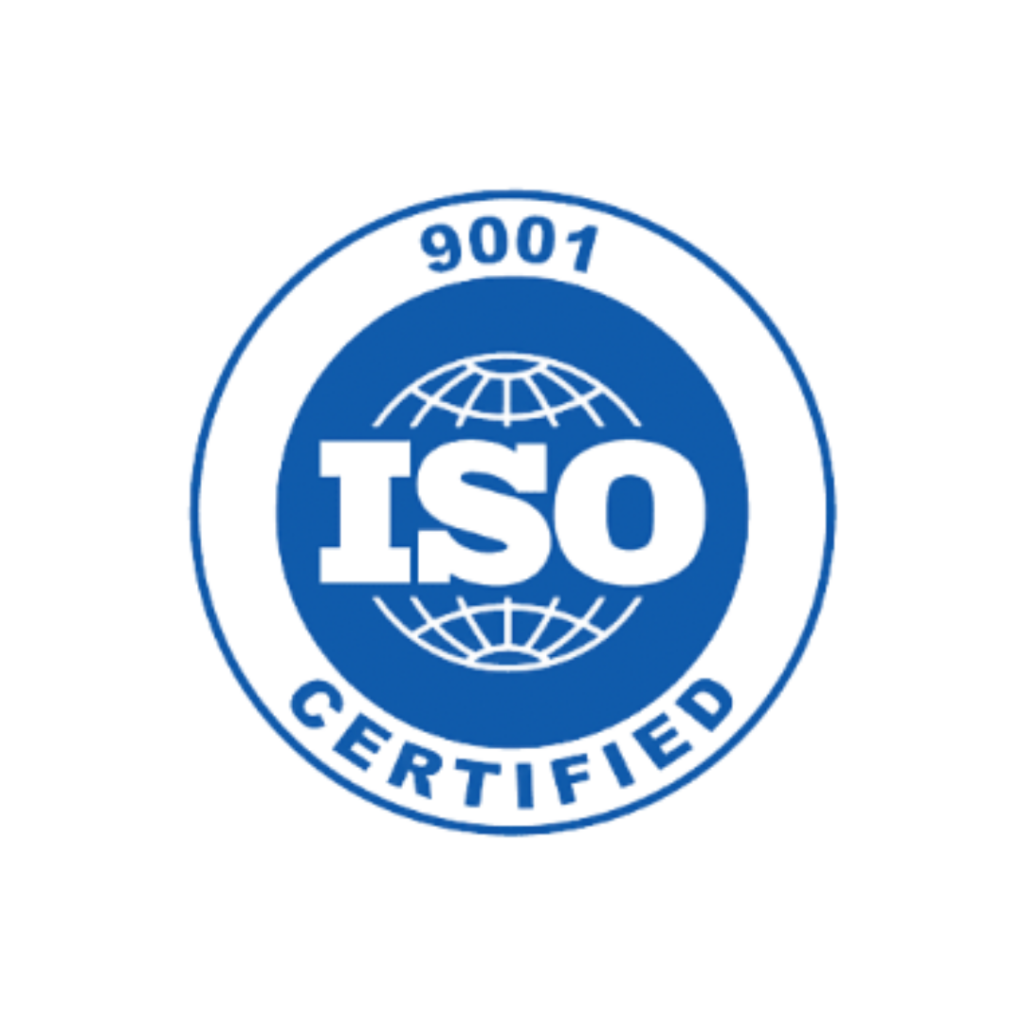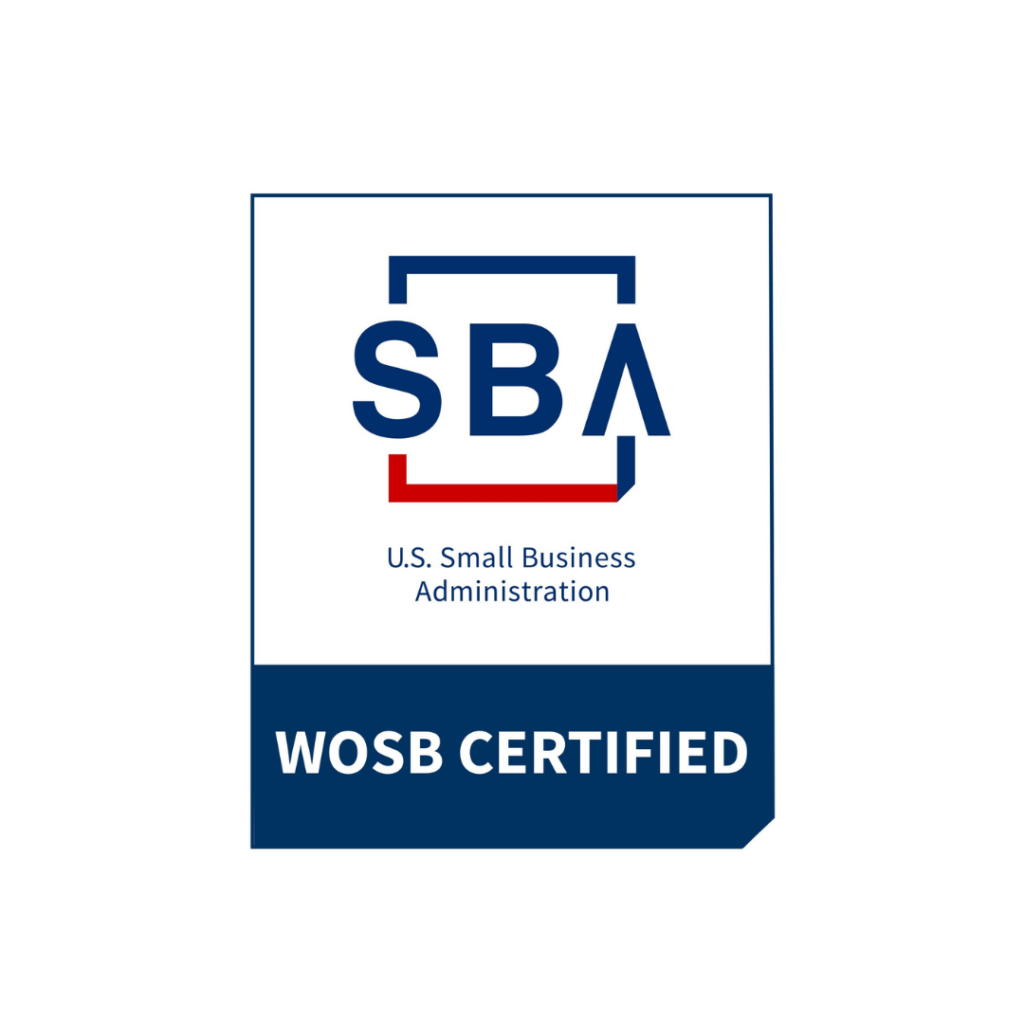Hi, I’m the MAHAR Gage Guy reporting for yet another extremely informative and interesting BLOG…( Gage Guy reserves the right to pass judgement on his own blogs ) …Although I am a firm believer that it is never a great idea to “State the obvious”…Precision gages and “Handle with care” as we all should know, go hand in hand. When you have over thirty years calling on and interacting with industrial manufacturing facilities and people all over the country, you are going to run into situations that make you scratch your head. Gages are precision crafted tools held to very tight manufacturing tolerances…they should not be used as “Wrenches, Hammers or Pry-bars”…
Before and as gage manager at MAHAR, I traveled quite a bit in this career and have been fortunate to have been able to visit many manufacturing facilities, across the continent. I tell people I have driven company cars more than 2.8 million miles since 1980, I have been to Timbuktu…Timbukthree and Timbukfour! When it comes to quality, I have seen manufacturing facilities that really “Get it” and I have seen manufacturing facilities that “Don’t quite get it”. A company that really impressed me regarding operations was a manufacturer nestled up in northern Wisconsin along Lake Michigan between the towns of Sheboygan and Kohler…The Kohler Company. I had the privilege of doing business with Kohler Engine for most of the 1990’s, when I worked for a MAHAR custom gage supplier. We supplied custom hand held air gages. If you have never visited Kohler Engine, you should try it at least once, especially if you make a living running in and out of manufacturing plants on a daily basis. When you first arrive to the Kohler plant area, there is something noticeably different about the place…I couldn’t put my finger on it until I exited my car and approached the main headquarters stairs. It then dawns on you that everything around the Kohler Engine campus is very old…like as in 1930-1940’s built buildings…but the kicker is, they still look like new buildings! The entire area has been extremely well kept…it is almost like going back in time. The Kohler Company obviously cares a lot about maintaining an image that exudes quality…they certainly showed it with their gages…in all my years in the gage business, Kohler Engine bought the least amount of repair/replacement gages…not because they were used less, but because they handled their gages as if they were all “Gage makers”, with extreme care…by doing so, obviously kept their quality department maintenance costs down.
On the other hand, one of my earlier “Head Scratchers” had to do with a call I had made to a large engine facility in the Detroit area…the gage quality lab personnel had their hands full with making sure the operators understood the importance of handling gages with care…this observation was made on the crankshaft line…we were looking at some hand held “C” air snap gages which measure the O.D. of the finished crankshaft…a measured diameter held to within .0005” ( Five ten thousandths of one inch ). The gage technician was trying to figure out why the ‘C’ Snap gages were misreading after only a few days in operation…these gages were manufactured in hardened steel with carbide pads and air orifices and usually would last a year or more even with constant use. After a few minutes watching the operator, it became clear…after taking his measurement with the gage, he was using the gage to manipulate the entire crankshaft out of the part holding fixture…a gage that cost approximately $2,300.00 new, shouldn’t really be used as a pry bar! The operator was “Informed” of the correct use of this gage and the problem went away…This is one example of many that I have witnessed over the years in many facilities…the bottom line is that you can have great, experienced quality personnel ordering, receiving and calibrating/maintaining your gages, but without good instruction to the everyday operators, you could see major problems arise…At MAHAR we implemented a gage instructional program for all operators in a large manufacturing facility where we held the gage calibration contract, also in the Detroit area…in addition to teaching the operators correct use of different types of gages, we discovered several instances where operators were thwarting calibration date frequencies inadvertently by removing gage lab indicator tags from the gages…the gage lab was using plastic ties on the gages that are color coded to signify calibration dates…when told what the indicator tags meant, operators were totally unaware, they simply considered the tags a nuisance when using the gage and were cutting them off… We changed the application of calibration ties so as not to interfere with the operator’s usage…the point was made however, as to the need of a bit more explanation concerning quality methods.
The bottom line in all gage management situations is the genuine need of instruction to all personnel who come in contact with these very expensive delicate measuring instruments…at MAHAR, we’ve witnessed both extremes when it comes to gage management…trust me when I say “Handle with Care”…it could mean significantly reduced quality maintenance costs!

